With veterinary technician week coming up soon, I thought I would put something together for anyone who is thinking about becoming a veterinary technician. First off – what IS a veterinary technician? They hold cute animals for the veterinarian to examine right? Sounds awesome. Well… yes and no. We do get to hold cute animals for the veterinarian, but it’s much deeper than that.
Though the first “Animal Technician” program was approved by the American Veterinary Medical Association in 1972, the term “Veterinary Technician” has only been approved since 1990. Since that time, our profession has been rapidly evolving every year. I personally started in the veterinary field in 2004, and in the last 15 years I am amazed at the educational opportunities, specialty certifications, and continued progress that our profession is making.
Right now, the folks behind the Veterinary Nurse Initiative are fighting for title protection, standardized education and licensing requirements.
To give you an idea of what it’s like to work in the veterinary field, in any position, let me tell you a bit about my history in the veterinary field. After applying relentlessly to every veterinary office in the high desert, I was ecstatic to be offered a job with my family’s veterinarian. The job was for 5 or 10 hours a week I believe, but I was elated to get my foot in the door. I believe I said something during the interview about “scrubbing floors, anything you want
me to do!” Ah, to be 19 again with endless amounts of energy.
My first day, I was scheduled to start on a weekday afternoon. I walked into the clinic to find what felt like hundreds of impatient people around the circular reception desk and two semi-frantic receptionists trying to help all of them simultaneously. It was Wednesday, the day the clinic offered a discount on both spay and neuter procedures as well as vaccines. Not sure who thought that was a great idea, but that meant there was 20+ people there picking up their
pets from surgery, and who knows how many people coming in to get their pets vaccinated.
Within a few minutes of arriving for my first day, I was given some quick directions and told to jump in where I could. Despite how massively confused I was, I remember being so proud of myself. I managed to check out a client picking up her dog from a spay procedure. I gave her all the correct paperwork, made the suture removal appointment and processed the billing correctly. After I was done, I went to help the next client and noticed the lady I just helped was still standing there, looking confused. I smiled politely and asked if she needed anything else. She looked extremely irritated and replied “Yeah. My dog.” Oops. I had ALMOST gotten everything.
I would describe my introduction to veterinary medicine with three words… Trial By Fire, and I loved every minute of it, well mostly. I went from my original schedule of 5-10 hours a week, to spending most of my waking hours at that clinic. We were VERY busy, we didn’t have a lot of staff and I had to learn things very quickly. At nineteen years old, I was learning drug dosing and pharmacology, administering anesthesia and monitoring surgical procedures,
performing dental cleanings, helping revive c-section puppies and so much more.
That was a lot for a 19yr old to take on in my opinion. Luckily, I had some fantastic experienced mentors to teach me all of these things, including how to talk to clients as I was very quiet and reserved. When the practice owner retired, I decided to move on to a different clinic where I continued to build on my knowledge and skills. After a few years of on the job training, I started school to become a RVT (Registered Veterinary Technician). It took me a long time to
complete, as I was always working one or two jobs and I ended up taking a break from school for a few years.
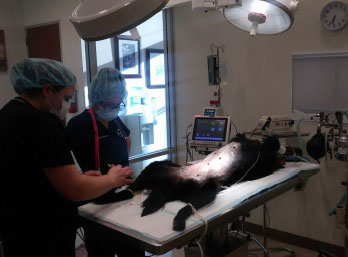
Laura Waller RVT and Stephanie Wintin preparing a patient for surgery at AEC
Here are some of the typical duties of a veterinary technician: Radiographs, dentistry, anesthesia, drug calculations, charting, performing laboratory testing, patient care, client communications, venipuncture, intravenous catheters, CPR…. And that’s all before lunch!
After about 10 years of working in the veterinary field, I was very burnt out. It’s a prevalent problem in the veterinary field. You start out wanting to work with animals, because you like animals more than people right? But guess
what? You DO have to work with people, that includes co-worker drama, angry or emotional clients, demanding bosses – and you gotta do it all with a smile on your face. I had spent so long putting “everything” into my job that I was beginning to resent the job itself. The hours are hard, and the pay isn’t half of what our human counterparts make. It’s also a very physical job, with long hours on your feet. When that Great Dane comes in lateral and unresponsive – it’s not magic on how he gets into the clinic. It’s the veterinary staff that carries him everywhere he
needs to go.
I had changed jobs to another day practice that offered more work-life balance and less stress, but I was still disenchanted with the profession itself and simultaneously broke. I needed to find extra work to get by and that’s when I decided to check with the local emergency clinic about some relief shifts. It was the last thing I actually wanted to do, I was tired. I needed a vacation. I didn’t want to work nights or holidays, but had no choice. What surprised me, is that after a couple years of working relief shifts, I discovered how much I absolutely LOVE emergency medicine. I felt alive again, I enjoyed what I did again. Suddenly I was learning new tricks from fantastic emergency vets. I would lose track of time looking at a blood smear or trying to figure out a complicated medical case.
Now don’t get me wrong, I love animals. I have a menagerie of dogs and cats that were misfits that needed a home, but what I was missing before was the science of veterinary medicine. I love thinking critically about cases, learning new skills and thinking on my feet. I finally finished my veterinary technician degree and passed the VTNE in 2016. I have never been prouder of any accomplishment. It was a lot of blood, sweat and tears to get to that point. I also
started working as a veterinary technician educator a few years ago, and discovered another passion. Educating new technicians is fulfilling, and I find myself trying to pass on every bit of knowledge I know, despite their eye rolls.
Every passionate technician that I know has something different that inspires them. Some thrive on dentistry and become the “go-to” person for those difficult feline extractions, some are excellent at math or patient care, or anesthesia. Regardless of what drives them, some of the most inspiring people I have met have been veterinary technicians and assistants. I have seen multi-tasking that would make most people’s head spin; technicians work tirelessly through their lunches to make sure the animals are taken care of. I’ve seen passion – technicians who spend their only day off reading on veterinary topics or going to continuing education conferences. They are the best people I know, full of grit, determination, and compassion.
Have I scared you off yet? I hope not. I’ll tell you what you will need to make it in this field: perseverance, determination, the ability to be a team player and a desire to learn. It will not be a walk in the park, it will not be easy, but the best things in life don’t generally come easily. There are so many possibilities now: positions in academia, management, specialty hospitals, general practice, lab animal medicine, education and so much more. Veterinary Technicians can now become a VTS (Veterinary Technician Specialist) in 16 different fields. It is grueling work, requiring lots of hands on training, continuing education and passing difficult examinations. I aspire to obtain my VTS in Emergency & Critical Care, and still have a long road ahead of me.
While it can be difficult to get your foot in the door without experience, if you want to become a veterinary technician – I would suggest the following. Get started in an AVMA approved Veterinary Technician program. You will learn extremely valuable skills on the job, but the education behind it is just as valuable. Absorb all you can from it, stay after class to ask questions and study. Take any position you can in a veterinary facility. Most hospitals I’ve worked at have all staff members cleaning and taking care of those grueling duties. Be humble, and willing to take on whatever work is offered. Never be “too good” for any task. You will succeed if you put your all into it and show initiative. Once you get your RVT license, you are NOT free to sit back on your laurels. Your education should not end after school, it’s a life long journey.
A great man that I know, local Tae Kwon Do instructor, Bruce McGhee says “Anything stiff and unbending is a sign of death.” Never stop learning, never stop growing. Never be that technician who has seen it all and done it all and can’t learn any new tricks. While I may be slightly biased, veterinary medicine is the best field in the whole world, and it tends to attract people with gumption and heart. So… in summary, yep! Vet techs pretty much just restrain
puppies and kittens all day.
 Laura Waller is a Registered Veterinary Technician at Animal Emergency Clinic in Victorville, Ca. She and her husband share their home with a menagerie of dogs and cats. Her goal is to one day obtain her VTS in emergency and critical care.
Laura Waller is a Registered Veterinary Technician at Animal Emergency Clinic in Victorville, Ca. She and her husband share their home with a menagerie of dogs and cats. Her goal is to one day obtain her VTS in emergency and critical care.
Laura Waller RVT
RECOVER Certified BLS Rescuer
RECOVER Certified ALS Rescuer







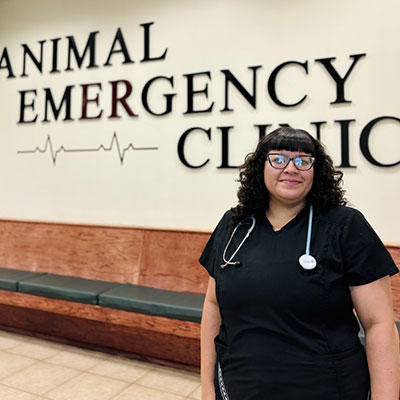
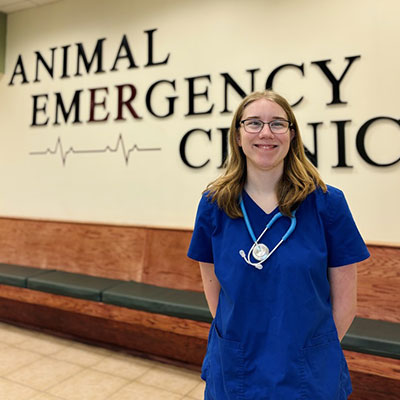

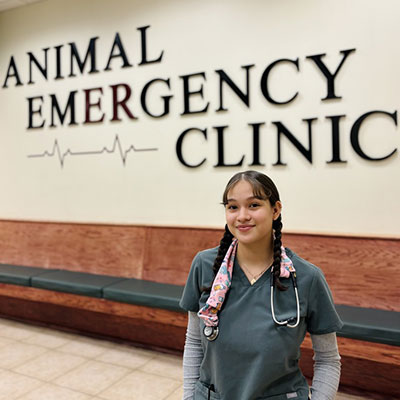
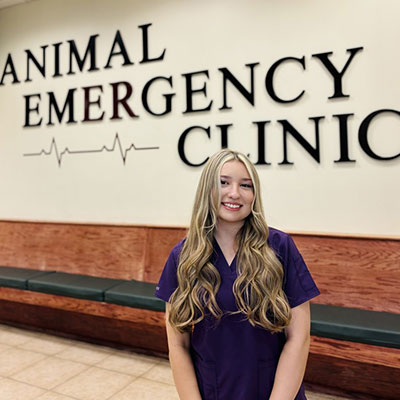
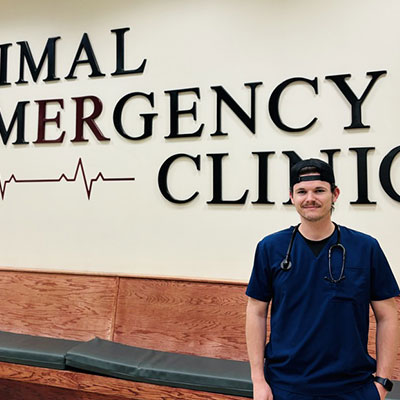
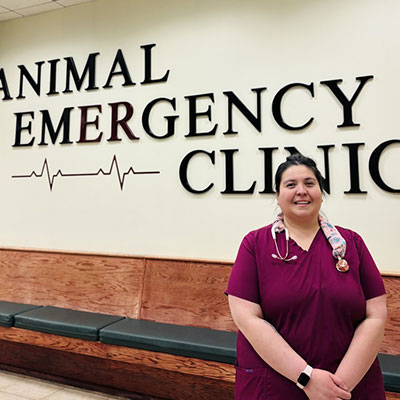
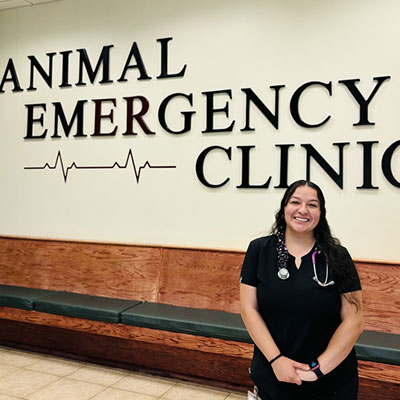

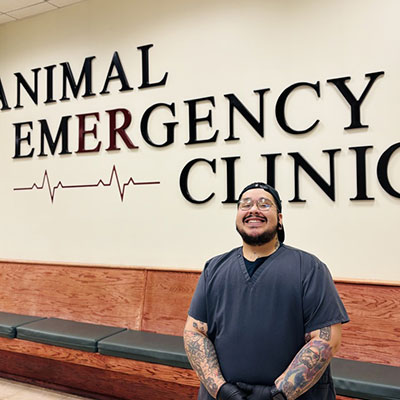
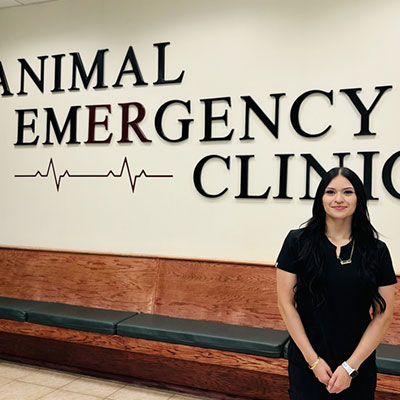


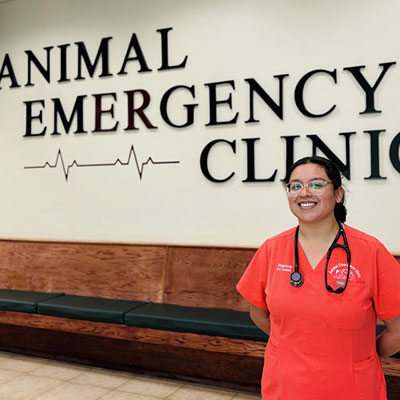
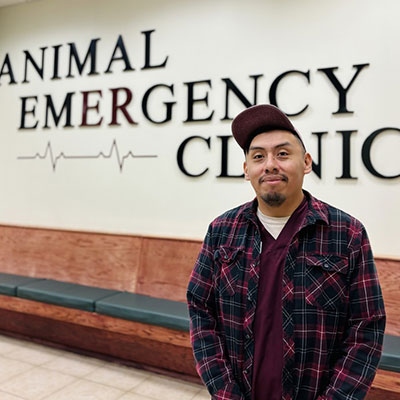
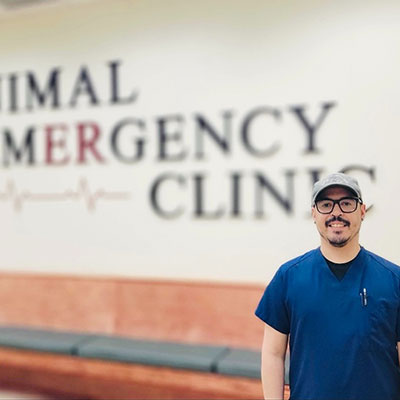

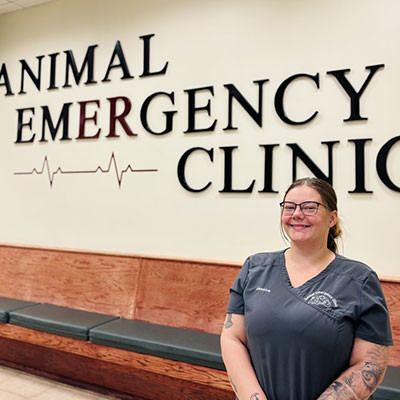

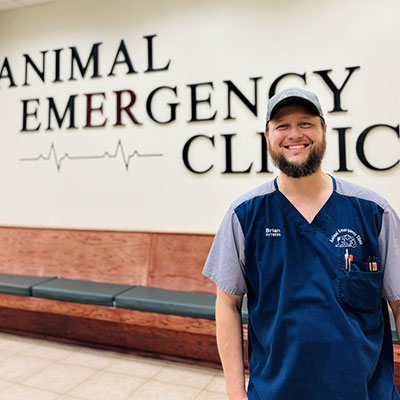




Leave A Comment